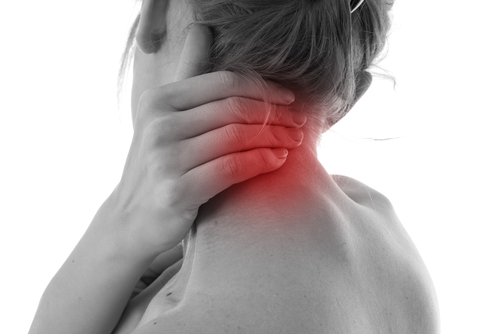Sciatica: a word you have probably heard before. If you have low back pain, you have definitely heard of this word because sciatica is the result of chronic low back pain.
Today, I want to talk to you about sciatica because millions of people in America deal with this annoying condition.
What is sciatica? Sciatica is pain that stems from the low back. This pain can go into the buttocks, down to the knee, or even down to the foot. The pain can feel like a sharp sensation or a burning sensation. It can cause numbness and tingling all the way down to the foot. It can even cause sensory issues, meaning if the sciatica is affecting a region of skin, like the thigh, for example, that person would not be able to feel something touching their thigh.
The sciatic nerve, which is where sciatica comes from, is the largest nerve in our body. It is so large that it has its own arterial supply or its own blood supply. The sciatic nerve starts all the way up at the fourth lumbar vertebra. It has multiple branches that come through what is called the sacral plexus and eventually turns into the sciatic nerve, which goes all the way down to your toes. The sciatic nerve supplies your hamstrings and every single muscle in the foot and in the leg. It also supplies the skin to the leg.
What causes sciatica, or pressure on the sciatic nerve? Well, there are two reasons for this: One is the piriformis muscle. The sciatic nerve comes right under, over, or sometimes even through the piriformis muscle. If we have a tight or inflamed piriformis, it can put pressure on the sciatic nerve, causing sciatica.
Two is that, structurally, when your spine starts to present scoliosis or an abnormal curve in it, it can put pressure on the nerve roots of L4 and L5, causing sciatica.
People say, “Dr. Shaw, how can you help with sciatica? How can you help with the low back, or all the way down to the leg, when all you do is adjust the top bone in the neck?” Actually, it is very simple. By adjusting the top bone in the neck, we are getting to the cause of sciatica. A tight or inflamed piriformis, and/or an abnormal curvature in the lumbar spine, is all due to misalignment at the top of the neck.
How does this work? The top of the neck is your body’s balance center. When the top bone in your neck misaligns, it makes the brain unlevel. However, the brain must always be level due to something called the righting reflex. When the top bone in the neck misaligns from some type of trauma (car accident, slip, and fall, sports injury, chronic desk work, etc.), it causes the head to tilt, making the brain unlevel, causing the righting reflex to kick in. Since the body cannot remove this misalignment itself, it compensates to level the brain. Over time, this looks like a dropped shoulder, raised hip, and/or short leg.
Over time, these compensations from the misalignment at the top of the neck turn into weak spots. These weak spots can look like an abnormal curvature in the lumbar spine, putting pressure on the sciatic nerve. A hip can be a weak spot, causing a tight or inflamed piriformis. This is exactly why sciatica happens and why, when we see patients with low back pain and sciatica, we get them the relief they need – because we address the cause and not the effects.







